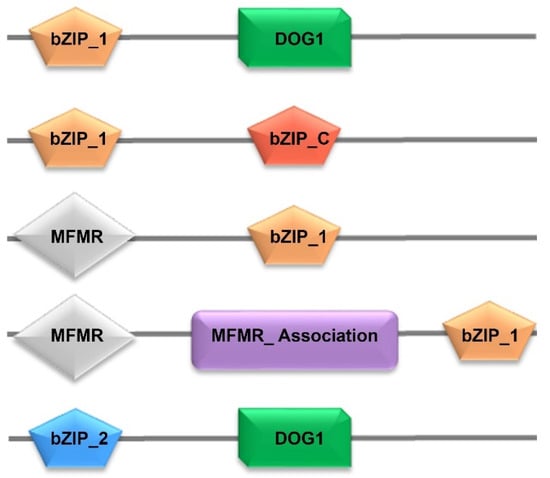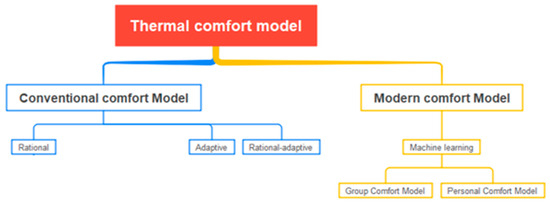The Youjiang Basin in China is the world’s second-largest concentrated area of Carlin-type Au deposits after Nevada, USA, boasting cumulative Au reserves nearing 1000 t. This study examined the recently unearthed Lintan Carlin-type Au deposit within the Youjiang Basin. Factor analysis and association rule algorithms were used to identify exploration vectors and indicators essential for navigating this promising geological territory. In the Lintan mining area, the geological strata encompass the Triassic Bianyang, Niluo, and Xuman formations comprised clastic rocks, followed by the deeper Permian Wujiaping Formation with massive carbonate rocks. The orebodies are restricted to the F
14 inverse fault, cutting through the Xuman Formation, with an additional F
7 fault between the Wujiaping and Xuman formations. A total of 125 rock samples from the F
14 fault and a representative cross-section were analyzed for 15 elements (Au, Ag, As, Bi, Cd, Co, Cu, Hg, Mo, Ni, Pb, Sb, Tl, W, and Zn). The elements were divided into four groups based on cluster and factor analysis. Group 1 (Co, Cu, Zn, Ni, Tl, W, and Bi) was mainly enriched in the Xuman, Niluo, and Bianyang formations controlled by sedimentary diagenesis. Group 2 (Au, As, Hg, and Sb) was concentrated in the F
14 and F
7 faults, representing Au mineralization. Group 3 (Pb, Ag, and Mo) was mostly enriched near the F
14 and F
7 faults, displaying a peripheral halo of Au mineralization, and was probability controlled by ore-forming hydrothermal activities. Group 4 (Cd and Mo) exhibited extreme enrichment along the periphery of the F
7 fault. This pattern indicates the presence of a substantial hydrothermal alteration zone surrounding the fault, likely influenced by ore-forming hydrothermal processes. Additionally, Pb, Ag, Cd, Mo, and W are considered essential indicators for ore formation besides Au, As, Sb, Hg, and Tl. Twelve effective association rules were derived using the association rule algorithm, which can aid in discriminating Au mineralization. The spatial distributions of the 15 elements indicated that the F
14 fault is the main ore-bearing fracture zone, while the F
7 fault serves as the ore-conducting structure, channeling ore-forming fluids into the F
14 fault. Faults between the Wujiaping and Xuman formations, along with their associated reverse faults, present potential prospecting targets both within and outside the Lintan Au deposit in the Youjiang Basin. Exploration geochemical data can be fully utilized by combining factor analysis and association rule algorithms, offering key guidance for prospecting Carlin-type gold and similar deposits.
Full article
 IJMS
IMPACT
IJMS
IMPACT Applied Sciences
IMPACT
Applied Sciences
IMPACT Sustainability
IMPACT
Sustainability
IMPACT Sensors
IMPACT
Sensors
IMPACT JCM
IMPACT
JCM
IMPACT Materials
IMPACT
Materials
IMPACT Molecules
IMPACT
Molecules
IMPACT Energies
IMPACT
Energies
IMPACT Electronics
IMPACT
Electronics
IMPACT Remote Sensing
IMPACT
Remote Sensing
IMPACT Cancers
IMPACT
Cancers
IMPACT Nutrients
IMPACT
Nutrients
IMPACT Mathematics
IMPACT
Mathematics
IMPACT Foods
IMPACT
Foods
IMPACT Buildings
IMPACT
Buildings
IMPACT Polymers
IMPACT
Polymers
IMPACT Animals
IMPACT
Animals
IMPACT Water
IMPACT
Water
IMPACT Plants
IMPACT
Plants
IMPACT Agronomy
IMPACT
Agronomy
IMPACT Biomedicines
IMPACT
Biomedicines
IMPACT Processes
IMPACT
Processes
IMPACT Microorganisms
IMPACT
Microorganisms
IMPACT Diagnostics
IMPACT
Diagnostics
IMPACT Nanomaterials
IMPACT
Nanomaterials
IMPACT Viruses
IMPACT
Viruses
IMPACT Medicina
IMPACT
Medicina
IMPACT Healthcare
IMPACT
Healthcare
IMPACT Cells
IMPACT
Cells
IMPACT Forests
IMPACT
Forests
IMPACT Agriculture
IMPACT
Agriculture
IMPACT Land
IMPACT
Land
IMPACT JMSE
IMPACT
JMSE
IMPACT IJERPH
IJERPH
 Symmetry
IMPACT
Symmetry
IMPACT Genes
IMPACT
Genes
IMPACT Pharmaceutics
IMPACT
Pharmaceutics
IMPACT Coatings
IMPACT
Coatings
IMPACT Micromachines
IMPACT
Micromachines
IMPACT Pharmaceuticals
IMPACT
Pharmaceuticals
IMPACT Atmosphere
IMPACT
Atmosphere
IMPACT Children
IMPACT
Children
IMPACT Religions
IMPACT
Religions
IMPACT Antioxidants
IMPACT
Antioxidants
IMPACT Life
IMPACT
Life
IMPACT Metals
IMPACT
Metals
IMPACT Biomolecules
IMPACT
Biomolecules
IMPACT Vaccines
IMPACT
Vaccines
IMPACT Education Sciences
IMPACT
Education Sciences
IMPACT Minerals
IMPACT
Minerals
IMPACT Horticulturae
IMPACT
Horticulturae
IMPACT Brain Sciences
IMPACT
Brain Sciences
IMPACT JPM
IMPACT
JPM
IMPACT Bioengineering
IMPACT
Bioengineering
IMPACT

























